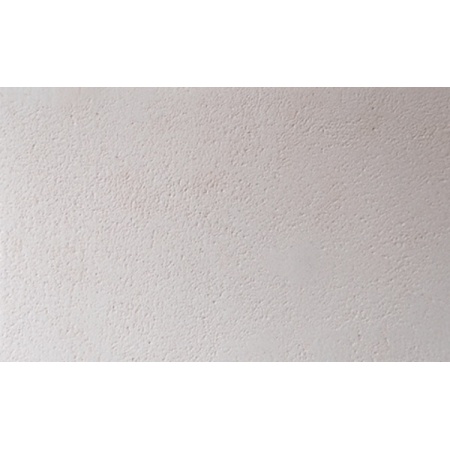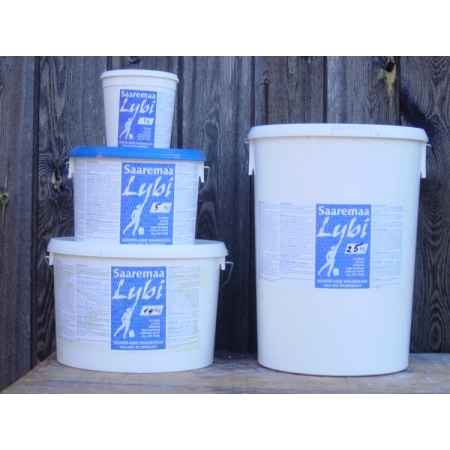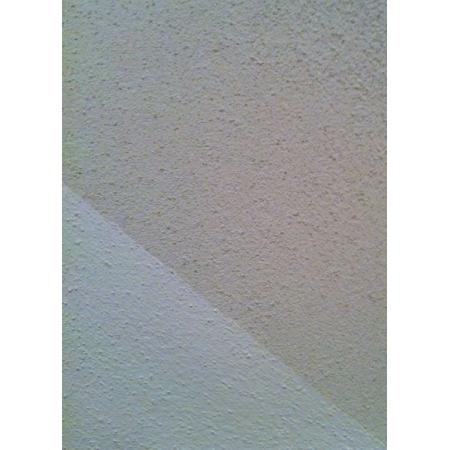Lime
Sort By:
Display: as list / as grid
Lubikrohvi kuivsegu kasutamiseks sisetingimustes seinte ja lagede ning välistingimustes seinte ja sokli viimistlemiseks. Koostis jahvatatud lubjakivi, liiv, sõelutud kruus. 0-2mm terasuurusega krohvisegu sobib pealmiseks viimistluskihiks, 0-4mm sobib aluskihiks. Lubikrohvi alusmaterjaliks sobib eelkõige rooplaat, roomatt, laastuvõrk, looduslik kivi, tellis ja puit.
Lubikrohvi kulu olenevalt aluspinnast ja kihi paksusest 20-25 kg/m2 (sisseviske-/ täite- / tasanduskiht sisse arvestatud).
500kg ja 1000kg krohv tuleb suures kotis (big-bagis) alusel, transport Eesti siseselt va. saared ca 35 eur/alus.
Lubikrohvi kulu olenevalt aluspinnast ja kihi paksusest 20-25 kg/m2 (sisseviske-/ täite- / tasanduskiht sisse arvestatud).
500kg ja 1000kg krohv tuleb suures kotis (big-bagis) alusel, transport Eesti siseselt va. saared ca 35 eur/alus.
SKU: 009
From 12,40 €
Eestis toodetud traditsiooniline lubipahtel. Foto alaosas võõbatud üle kaseiinvärviga.
SKU: 1231
51,90 €
For centuries already the world of construction has known a material burned from limestone-lime. It has been more than a hundred years since lime has been burned in the major Estonian island-Saaremaa (Ösel). Limex Ltd., a private capital based limited company, which was established in 1994, renovated an old limekiln and started to burn lime there using a cenutires-old technology, which has practically not changed and ensured the production of quality lime for more than 50 years. The peculiarity of the technology and a guarantee of high quality is manual work, which begins from the selecting of limestone to be burned and ends with the sorting of the finished produce into different quality grades. Only well-dried wood is used for burning, which does not produce additives lowering the quality. The planned annual is up to 500 MT of high-quality lime in the form of paste (or putty, approx. 50% water), which is preserved in underground storage pits, where the lime also ripes further.
Lime has been used as a building material for very long, however, especially intensively since 15th-16th century, and in Europe the main construction materialused in Hanseatic towns has also been lime. We believe that lime is the most suitable material for plastering and painting of historic buildings and facilities without hydroislotaion, as lime lets the water vapor to pass through. Lime is also used in new buildings because if plasters and paints contain natural lime, the wall can “brethe” freely and humidity can travel around without causing serious consequences on the finished surface. Here the following rule should be followed: whitewash on coat of plaster and cement whitewash on lime cement plaster. Whitewash can also treated with natural pigments. Today it is also important that lime is a natural construction material and is environment- and consumer-friendly.
Lime has been used as a building material for very long, however, especially intensively since 15th-16th century, and in Europe the main construction materialused in Hanseatic towns has also been lime. We believe that lime is the most suitable material for plastering and painting of historic buildings and facilities without hydroislotaion, as lime lets the water vapor to pass through. Lime is also used in new buildings because if plasters and paints contain natural lime, the wall can “brethe” freely and humidity can travel around without causing serious consequences on the finished surface. Here the following rule should be followed: whitewash on coat of plaster and cement whitewash on lime cement plaster. Whitewash can also treated with natural pigments. Today it is also important that lime is a natural construction material and is environment- and consumer-friendly.
SKU: 21
From 5,08 €
Eestis toodetud traditsiooniline lubipahtel. Toon naturaalne valge. Foto alaosas võõbatud üle kaseiinvärviga.
SKU: 1280
31,50 €




